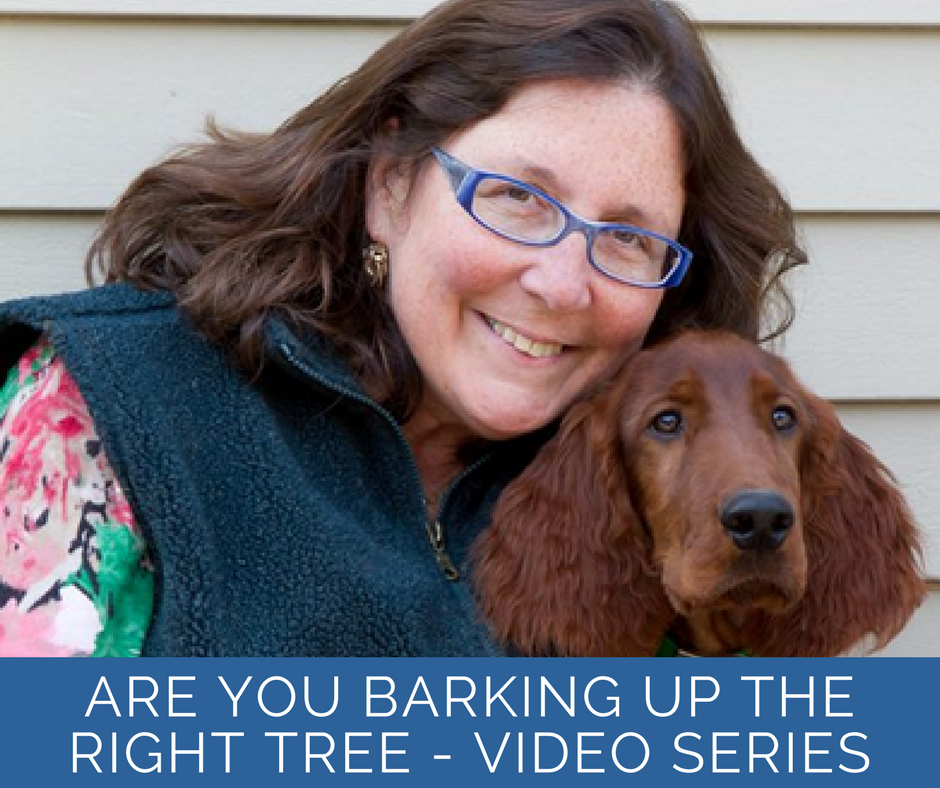You say tomato and I say tomahto Pet laws interpreted.
An adaptation of the song, “Let’s Call the Whole Thing Off.” by George and Ira Gershwin, from 1937.
On November 30, 2012, Liz Beavers, a reporter for the News Tribune of Mineral County West Virginia, wrote about Patty Jo Stevens’ a local woman fighting to have the authorities remove her neighbor’s pets or force him to provide adequate shelter for his dogs. She described the animal’s current living situation as, “cruel conditions.” The laws in Mineral County allow, as Mineral City humane officer Jim Hawk pointed out, “hallowed out steel barrels [as] acceptable,” shelter. Ms. Stevens feels this is inhumane and she is not alone. Two local veterinarians stated although the shelters may be ok by county law but they are, “morally reprehensible.” The ‘You say tomato and I say tomahto’ dilemma.
Both Mr. Hawk and his assistant, Melissa Kidwell, visited the neighbor’s home and found the pet’s shelter adequate and within the city ordinance. They claim it is not the county law, but West Virginia State law that dictates how pets can be housed outdoors. The West Virginia law simply states the shelter has to protect the pet from the elements. It does not go on, like more stringent state regulations, to require a, “four sided, wind proof domicile with a floor.”
Ms. Stevens said she is willing to go all the way to the statehouse, if that’s what it will take, to require better shelter for animals. And from the tone of this article she may have to do just that.
In my world of applying alternative conflict resolution to disputes between people about animals, a possible alternative solution might have been used here, at the onset of the conflict. I call it my tomato -tomahto theory of animal conflict resolution. If the conversation had started gentle with the pet owner and offered assistance to help build a better shelter, maybe Ms. Stevens would not now have to go all the way to the West Virginia courts to change the law. She could have found a more immediate solution in her own back yard, akin to what Dorothy discovered after traveling to Oz.
Facing a conflict between two parties who come from vastly different theoretical camps is challenging. In the situation here they could have initially asked themselves three things—
1.) Should I approach my neighbor and lend a helping hand for a new doghouse?
2.) Should I go to the police and have my neighbor fined and arrested?
3.) Should I say anything at all and risk my cordial relationship with a neighbor?
These are real choices you can make. The answer you chose may be the difference between a friendly cooperative ‘dog-house raising’ effort for a pet or sitting by helplessly as you watch that pet be cold in the winter and swelter in the summer.
Remember, the definition of suitable housing may be vastly different for you than it is for your neighbor or even for the county or state in which you live. You can take the Ms. Stevens’ approach and go to the authorities to ask them to help the dogs, thereby disrupting life as she knew it with her neighbor. Or, you can start a gentle conversation, maybe around the weather, and wind up helping the neighbor build a better shelter for the dogs.
I know I will receive numerous comments about my ‘Pollyanna’ approach to this conflict and you may be right. Yet, if you don’t try to approach someone first about your concern, in a gentle non-judgmental way, you will never know if a solution could have been worked out that was satisfactory to everyone.
If you truly want to discuss the possibilities of a resolution, calling the police first may be counter productive. It places your neighbor immediately on the defensive. You have called him out on his pet care, in public, and accused him of failing to adequately care for his animals. In his eyes you are nothing more than a troublemaker. Be assured, he will dig in his positional heels because he feels he has no other choice. This is especially true if his pet housing meets county/state standards. Since you criticized him in public, and it was found he was acting appropriately under the law, any hope of having a conversation around resolution will be difficult. If you decide to continue the action and the court orders mediation, these positions will create a difficult situation to overcome for purposes of discussion. What hope does Ms. Stevens have now, short of rewinding the events surrounding the conflict, to have a civil conversation with her neighbor?
This transgression can be avoided and, even now, possibly repaired by taking the following step. Bring a party selected mediator in as an independent line of communication. The mediator will be seen by both parties as the peacemaker, not an antagonist or protagonist. Taking this action initially, after the gentle inquiry and by agreement of the parties makes the atmosphere within the mediation room feel more supportive. Mediations required after lawsuits are filed and at the demand of a court are not as successful because it is not by the party’s choice that they are working with a mediator and so neither party places much trust in the process.
Who suffers or benefits by the choices one makes at the outset? The pets living in questionable shelter of course.
If you say tomato and your neighbor says tomahto at the onset of the conflict, and there is no one there to listen, understand and respect each parties’ side of this semantic conflict, chances are neither of you will give each other a second opportunity to engage in this discussion. In this case, the pets will spend another year or two out in the cold of winter or the heat of summer with what more than one party saw as inadequate housing because, unlike a gentle inquiry, Ms. Stevens chose to ride in like a ‘bull in a china shop’ over her neighbor, the person holding all the ‘legal’ cards.
The next time you want to compare how you see a situation with how others see the same situation, remember the old adage, ‘You say tomato and I say tomahto.’ The way you say it can make all the difference in the world. You can get to the same salad; you may arrive sooner, with less angst and more hope for a better relationship going forward.






